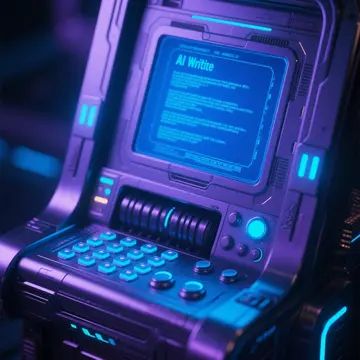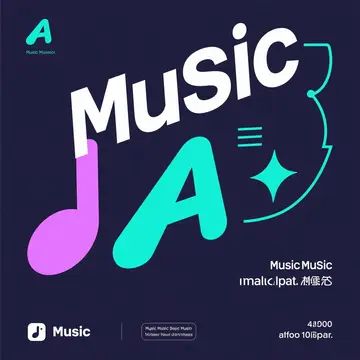In the fast-paced world of music creation, time is a precious commodity. For decades, musicians have struggled with the tedious task of manually transcribing audio into sheet music or MIDI files—until now. Enter AI music transcription, a groundbreaking technology reshaping how artists capture, analyze, and refine their work.
This article explores how AI-powered tools are transforming music transcription, reducing hours of manual effort into minutes, and empowering musicians to focus on what truly matters: their art.

What Is AI Music Transcription?
AI music transcription refers to the use of artificial intelligence (AI) algorithms to automatically convert audio recordings—such as live performances, improvisations, or compositions—into accurate sheet music, tablature, or MIDI files. Unlike traditional methods that require painstaking manual notation, AI analyzes audio signals to identify notes, rhythms, chords, and even instrumentation with remarkable precision.
Key Components of AI Music Transcription:
Machine Learning Models: Trained on vast datasets of music to recognize patterns.
Spectrogram Analysis: Breaks down audio frequencies to detect pitch and timing.
Polyphonic Recognition: Identifies multiple instruments or voices in a single recording.
How Does AI Music Transcription Work?
AI transcription tools leverage advanced technologies to replicate (and often surpass) human listening capabilities. Here’s a simplified breakdown:
Audio Input: The system receives an audio file or live recording.
Signal Processing: Algorithms isolate individual sounds, filtering background noise.
Note Detection: Machine learning models map frequencies to musical notes.
Rhythm Analysis: Detects tempo, beats, and time signatures.
Output Generation: Produces editable sheet music, guitar tabs, or MIDI tracks.
Modern tools like AnthemScore, Melodyne, or Google’s Magenta even support multi-instrument separation, making them invaluable for complex arrangements.
5 Ways AI Music Transcription Saves Time for Musicians
1. Instant Transcription of Recordings
Gone are the days of replaying a riff 50 times to notate it. AI tools transcribe hours of audio in seconds, preserving every nuance.
Example: A jazz improvisation can be converted into a readable score in minutes.
2. Effortless Editing and Arranging
AI-generated files are digital and editable, allowing musicians to:
Adjust tempos or keys.
Isolate instrument tracks for remixing.
Export to DAWs (Digital Audio Workstations) like Logic Pro or Ableton.
3. Learning and Practice Efficiency
Students: Transcribe solos or classical pieces to study technique.
Educators: Create practice materials from audio examples instantly.
4. Collaboration Made Simple
Share AI-generated scores with bandmates or producers, eliminating miscommunication.
5. Preserving Creativity
Capture spontaneous ideas before they’re forgotten—no need to pause mid-inspiration to jot down notes.
Real-World Applications of AI Music Transcription
| Use Case | Benefit |
|---|---|
| Songwriting | Quickly turn hummed melodies into structured chord progressions. |
| Film Scoring | Sync composed themes with scene timings automatically. |
| Live Performances | Transcribe on-the-fly jam sessions for future refinement. |
The Future of AI Music Transcription
While current tools are impressive, ongoing advancements promise even greater accuracy and features:
Real-Time Transcription: Imagine AI generating sheet music as you play.
Genre-Specific Models: Tailored algorithms for classical, EDM, or global music styles.
Enhanced Error Correction: AI that learns from user feedback to improve output.
Conclusion
AI music transcription is more than a time-saver—it’s a creative partner. By automating the grunt work of notation, musicians gain freedom to experiment, collaborate, and refine their craft with unprecedented efficiency.
Whether you’re a composer, educator, or hobbyist, integrating AI transcription tools into your workflow could unlock hours of productivity. The future of music is here, and it’s powered by AI.


